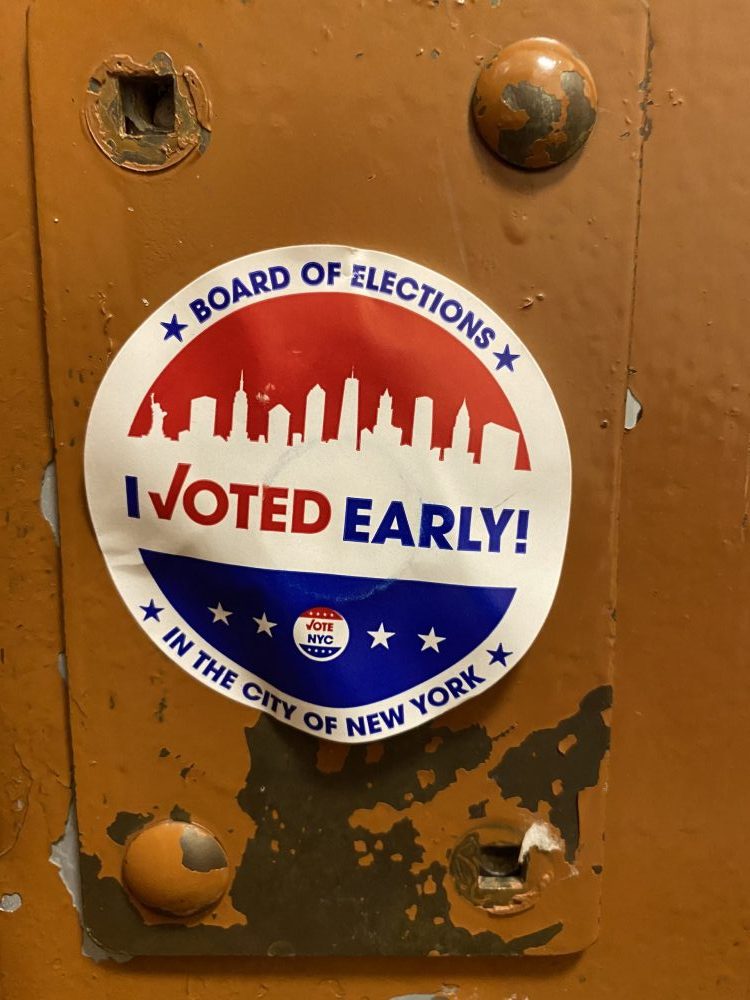State legislators in 47 states have introduced 361 bills so far this year to restrict voting, according to a Brennan Center for Justice Report released Thursday.
“In the states, legislatures are rushing to enact restrictive voting laws, the most significant since the Jim Crow era,” Brennan Center president Michael Waldman tweeted. “With the For the People Act, Congress has the power to stop that cold.”
The report said the state laws were being proposed and passed in response to “baseless and racist allegations of voter fraud and election irregularities.”
Roughly 30 percent of the restrictive laws have been proposed in the last month, the center said.
Most of the bills are aimed at cutting down on absentee voting, while almost a quarter are seeking tougher voter identification requirements, the Brennan report said.
Arizona, Georgia and Texas accounted for nearly 100 of the voting restriction bills, according to the center.
The report was released the same day the House Administration Committee held a hearing on voting rights and access. The panel’s chairman, G.K. Butterfield, D-North Carolina, mentioned the Brennan report in his remarks.
“All too often, access to the ballot has been neither free nor fair,” he said.
The 2020 election, which had a record turnout of over 150 million people, has prompted Democrats in Congress to try to pass the “For The People Act,” which would expand voters’ rights, improve access to the ballot box and bars to reduce voter discrimination. The measure also would overhaul campaign finance laws and end partisan gerrymandering of districts.
House Democrats passed the bill in March.
Republicans in Congress have called the bill a power grab by the Democrats.
Rep. Bryan Steil, R-Wisconsin, said the bill never had proper hearings before it was passed.
“Republicans want to ensure that every eligible person who wants to vote is able to cast a vote,” he insisted.
Voter discrimination has existed since the 15th Amendment guaranteeing voting rights was ratified in 1870, Butterfield said.
“It is time we encourage people to vote, rather than continuing to erect barriers that seek to suppress the votes, and voices of communities,” Butterfield said.
North Carolina remains a “battlefield” in an “unending war” for access to the ballot, Allison Riggs, co-executive director of the Southern Coalition for Social Justice, told lawmakers.
Voter suppression can take many forms, she said: lack of access to transportation, conflicts between work and shorter polling hours, or voting places without access to people with disabilities.
In her written testimony, Riggs said that Black and brown voters waited longer to vote and were the targets of misinformation. Black voters faced more barriers to participate due to unreliable mail service and discrimination, she added.
While there were successes in voting turnout in many states amid the pandemic, Black and Latino voters had their absentee ballots rejected at disproportionately high rates, Riggs noted.
Critics often focus on a specific set of jurisdictions when talking about voter suppression, such as Texas, Georgia, North Carolina and Florida, said Sonja Diaz, the director of the UCLA’s Latino Policy and Politics Initiative.
“But this frame too often leaves out an important fact,” Diaz said. “The attack on Americans’ fundamental right to free and fair access to the ballot happens everywhere.”
In the presidential election of 2020, 16.6 million Latino voters cast ballots, the single largest four-year increase for that group of voters. But many new voter suppression laws are being proposed or passed in the very states where Latinos played a significant role, Diaz said.
And voter barriers may have a lasting impression on first-time voters, she added.
Last year, the states with the largest increase in voter turnout compared to the 2016 presidential election were states that expanded access to the ballot, said Marcia Johnson-Blanco, co-director of the voting rights project of the Lawyers’ Committee for Civil Rights Under Law.
Hawaii, California and Utah all saw increases in turnout after mail-in ballots were sent to every registered voter in their states.
In contrast, states with more restrictive laws and barriers had the lowest turnout, Johnson-Blanco said.
Barriers for voters included restrictive voter ID laws, cutbacks on early voting, elimination of polling places and restrictions on community-based voter registration groups, Johnson-Blanco said, adding that such laws continue to disproportionately impact voters of color.
“Without congressional action, the 2020 election and its aftermath may become an inflection point in our nation’s history,” she said. “With the future being one with states providing two different voting systems: one that provides access, and one that provides stringent restrictions.”

